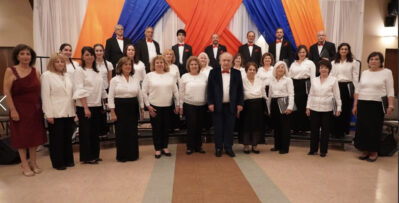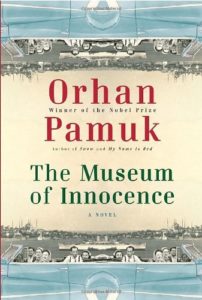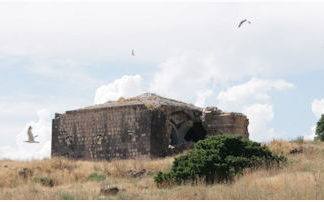By Daphne Abeel
Special to the Mirror-Spectator
Don’t be in a hurry to finish Orhan Pamuk’s new novel. It moves slowly and it is meant to be read slowly. After all, according to the author, it took him 10 years to write.
The plot is simple — a 30-year-old wealthy businessman, Kemal, is engaged to marry, Sibel. It is an appropriate match — she is a
beautiful girl from his social circle, but he happens to visit a shop to buy her a handbag she fancies, and finds himself falling madly in
love with Fusun Keskin, an impoverished 18-year-old shop girl who happens to be a distant relative.
Thereafter, in the grips of his obsessive love, he breaks off his engagement to Sibel nearly ruins his business life, becomes a heavy
drinker and a kleptomaniac. The bulk of the novel describes the many years he spends yearning after his beloved, visiting her, her husband and her family in a desperate effort to remain close to her, in the hope that she may, one day, be free to marry him.
In the course of their affair, first conducted in a shabby apartment belonging to his mother, and his later obsessive visits to the
Keskins’ apartment, he collects numerous objects and mementos of their relationship out of which he will eventually create his “Museum of Innocence.”








